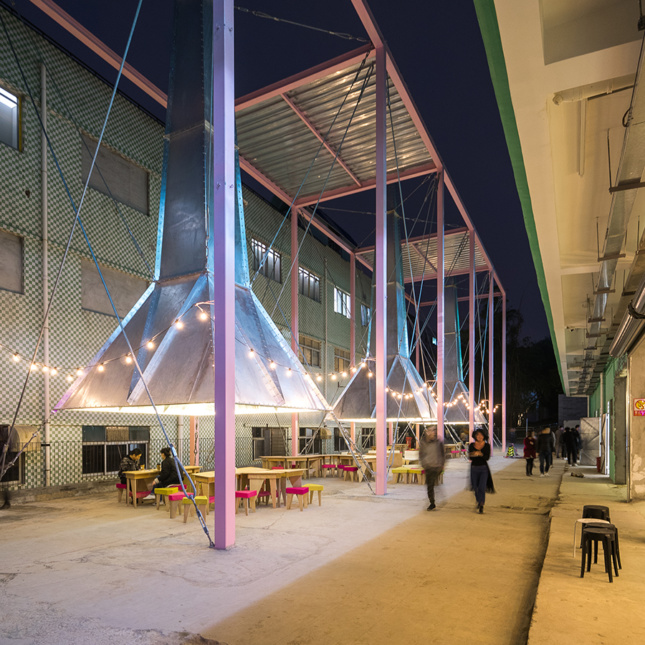
Atelier Bow-Wow’s Fire Foodies Club. ©UABB, photograph by Zhang Chao.
Following my trip to Shenzhen last December, I had the chance to write a review of the UABB for The Architect’s Newspaper, which can be read fully on their website. Below, an excerpt:
As Yan says to a packed auditorium, “The real exhibition is the vibrant city life.†Much in sync with the biennale’s theme, “Cities Grow in Difference,†the auditorium where Yan is speaking is filled with an audience that ranges from architectural experts to local inhabitants of Nantou Old Town, the majority of whom are Chinese migrant workers.
For the curatorial team, the urban village is a model for the future. Against what Yan calls the “globalized, standardized, capitalized city†that has expanded to the global scale, the urban village is a hybrid, a wetland, a “breeding ground for a new city.†The biennale seeks to learn from it, and to emulate it in its search for possibilities.
The location of the biennale is a case in point. One of the oldest parts of Shenzhen, Nantou is an urban village, a specific Chinese typology of low-rise housing in the center or outskirts of the city, serving mostly migrant workers and temporary dwellers. Nantou is lively, crowded, and seems to be a place where everything is possible.
